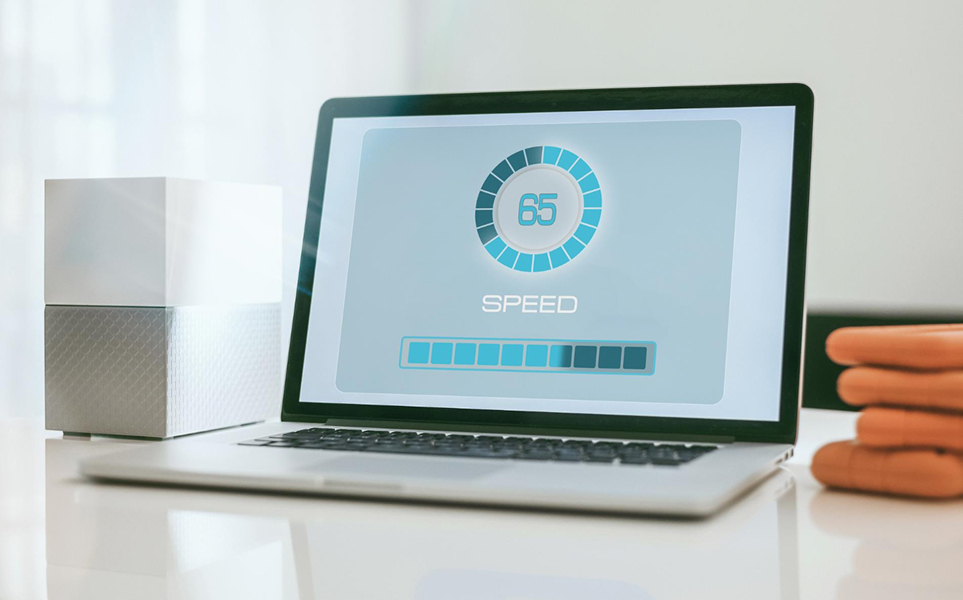Key Optimizations for Achieving a 98/100 PageSpeed Score
Achieving a high PageSpeed score is not just about speeding up a website—it’s about optimizing both the front-end and back-end performance for the best user experience. In our case, we focused on several strategies to make the website faster without compromising functionality.
This included optimizing image sizes, reducing HTTP requests, leveraging browser caching, and minifying CSS and JavaScript files. By using these techniques, we were able to reduce page load times significantly, making the site not only faster but also more responsive across devices.
\”A website\’s speed is crucial for both SEO and user retention. Every millisecond matters, and a faster website leads to better user experience and higher conversion rates.\”
Prioritizing Performance While Maintaining Aesthetics
One of the biggest challenges when optimizing for speed is balancing design aesthetics with performance. To maintain a beautiful and functional website while optimizing for speed, we leveraged lazy loading for images and videos, reducing the initial load time significantly. We also used modern front-end frameworks and a Content Delivery Network (CDN) to ensure fast loading times no matter where the user is located.
Throughout the process, we continually tested and refined the website, ensuring it stayed visually appealing while enhancing its performance.


